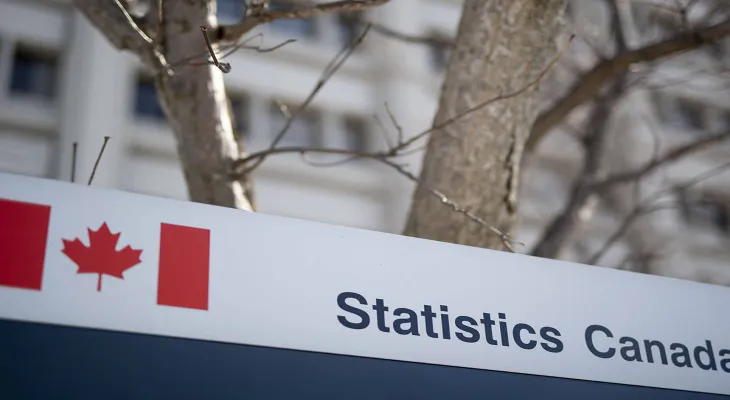Search here
Newspaper
Search here

Arab Canada News
News

Published: August 7, 2022
The unemployment rate in Canada remained low in July at a historic level of 4.9%, unchanged from June, according to the Canadian statistical agency today.
The report issued by this federal agency stated that the Canadian labor market lost 31,000 jobs in net terms last month, marking a second consecutive month of job losses, after losing 43,000 jobs in net terms in June.
The number of public sector employees declined last month, while the number of self-employed workers increased. No significant change was recorded in the number of private sector workers.
The labor market still suffers from an exceptional shortage of workers, with more than one million vacancies across the country. The unemployment rate recorded last month is the lowest since 1976 when comparable data began to be available.
But despite the labor shortage, there is no evidence of an increase in the proportion of people moving from one job to another.
The unemployment rate last month among people aged 25 to 54 across Canada was 4%, thus changing only slightly compared to June, both for men and women in this main working age group.
Also, the unemployment rate among people aged 55 and over and among youth aged 15 to 24 changed only slightly as well.
In Ontario, Canada’s largest province by population (15 million people) and economic size, the unemployment rate rose from 5.1% in June to 5.3% in July.
In Quebec, the second largest province by population (8.65 million people) and economic size, the unemployment rate fell from 4.3% in June to 4.1% in July.
Across the other provinces, the unemployment rate in July was as follows (June rate is noted in parentheses), from east to west: Newfoundland and Labrador 10.2% (9.9%), Nova Scotia 5.9% (7.0%), Prince Edward Island 5.7% (4.9%), New Brunswick 7.1% (6.1%), Manitoba 3.5% (3.8%), Saskatchewan 4.0% (3.9%), Alberta 4.8% (4.9%), and British Columbia 4.7% (4.6%).
The pace of wage growth remained steady last month compared to June, as the hourly wage rate rose by 5.2% compared to its level in July 2021, matching the annual increase recorded in June, according to the statistical agency.
Comments